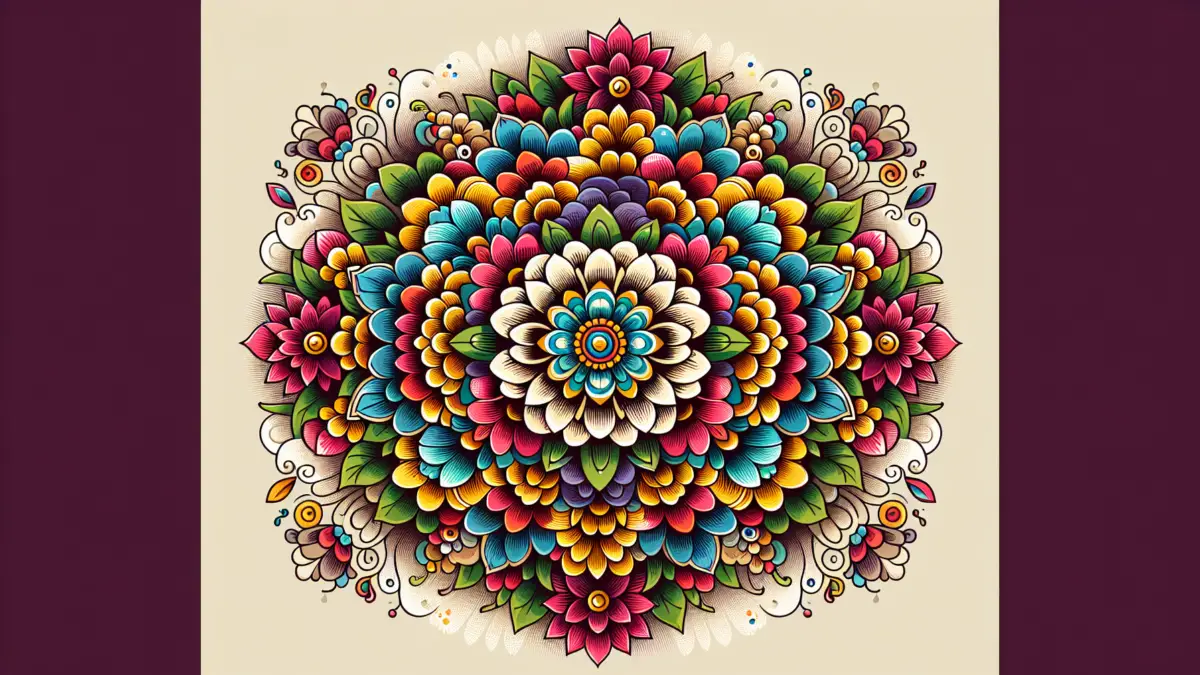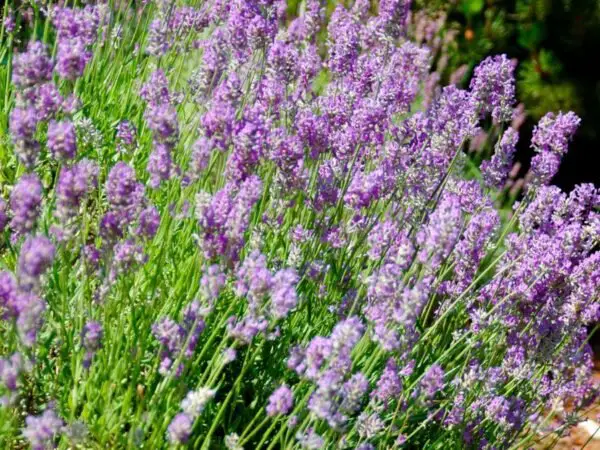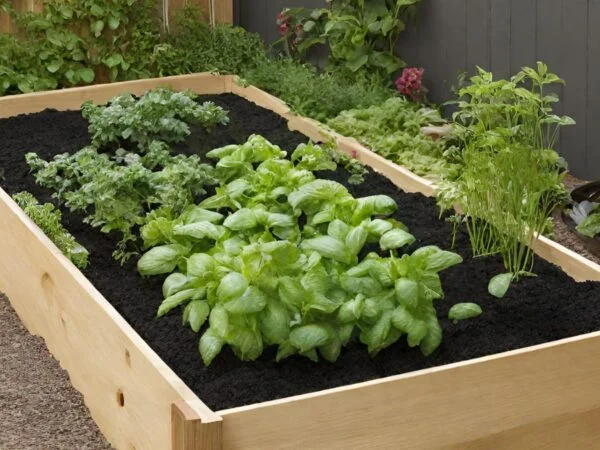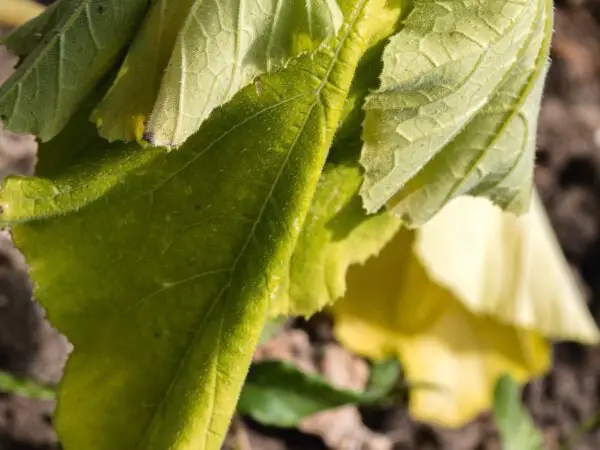Art of Flower Arrangement
Principles of Flower Arrangement
Flower arrangement is an art that involves the artistic organization of cut flowers, foliage, and other floral accessories in a container. This practice is guided by several principles that ensure a visually appealing and harmonious design.
- Balance: Achieving equilibrium in the arrangement, either symmetrically or asymmetrically.
- Rhythm: Creating a sense of movement through repetition and variation in the arrangement.
- Emphasis: Highlighting a focal point to draw attention.
- Harmony: Ensuring all elements of the arrangement work well together.
- Unity: Combining all parts of the arrangement to create a cohesive whole.
These principles help in creating beautiful and balanced flower arrangements that can elevate any space.
Traditional vs. Oriental Styles
Flower arrangements can be broadly categorized into Traditional Western styles and Oriental styles, each with its own unique characteristics and techniques.
| Style | Characteristics | Focus |
|---|---|---|
| Traditional Western | Emphasizes massing many flowers | Volume and richness |
| Oriental | Focuses on lines and simplicity | Minimalism and natural form |
- Traditional Western Style: This style is known for its lush, full arrangements that often feature a variety of flowers and foliage. The emphasis is on creating a rich, colorful display that fills the space. Massing many flowers together is a key characteristic.
- Oriental Style: In contrast, Oriental flower arrangements, such as Ikebana from Japan, prioritize simplicity and the natural form of the flowers. The focus is on lines and spaces, creating a minimalist yet elegant design. This style often uses fewer flowers and more foliage, emphasizing the beauty of individual elements.
Both styles offer unique ways to appreciate and arrange flowers, catering to different aesthetic preferences and cultural backgrounds. Understanding these styles can help in creating diverse and inspiring flower rangoli designs.
Flower Rangoli Designs
Incorporating Flowers and Petals
Creating flower rangoli, also known as "Pookalam" in some cultures, is an art that involves arranging flowers and petals into intricate patterns. When I make flower rangoli, I focus on using a variety of vibrant flowers that add color and texture to the design. Some of the common flowers used include marigolds, roses, and chrysanthemums, which I find both visually appealing and easy to handle.
| Flower Type | Color Variations | Common Uses |
|---|---|---|
| Marigold | Yellow, Orange | Borders, Fillers |
| Rose | Red, Pink, White | Centerpieces, Highlights |
| Chrysanthemum | White, Yellow, Purple | Backgrounds, Patterns |
In a flower rangoli, I lay out the design on the ground, starting with an outline using chalk or rice flour. Then, I fill the outline with flower petals, arranging them in a way that complements the overall design. This method not only adds a natural touch but also brings a pleasant fragrance to the surroundings.
Significance in Various Celebrations
Flower rangoli holds a special place in numerous cultural celebrations. During the festival of Onam in Kerala, I participate in creating elaborate flower rangoli designs for each of the ten days of the celebration. Each day, the design grows larger and more complex, symbolizing growth and prosperity (Global Growth Forum).
| Festival | Region | Significance | Duration |
|---|---|---|---|
| Onam | Kerala | Welcoming King Mahabali | 10 Days |
| Durga Puja | West Bengal | Honoring Goddess Durga | 5 Days |
| Diwali | Pan-India | Celebrating Light | 1-5 Days |
In West Bengal, flower rangoli, known as "Alpona," is part of major festivals like Durga Puja, Kali Puja, and Saraswati Puja. These designs are traditionally created using rice flour but incorporating flower petals adds a colorful dimension to the patterns (Wikipedia).
By incorporating flowers and petals into rangoli designs, I not only enhance the visual appeal but also honor the cultural significance of these beautiful traditions.
Materials Used in Rangoli
Creating a flower rangoli involves a variety of materials that enhance the beauty and significance of the design. As someone who loves gardening, I find that incorporating natural elements into rangoli adds an extra layer of connection to nature.
Flower Petals and Other Substances
Flower petals are a primary component in many rangoli designs. The vibrant colors and textures of petals from flowers such as marigolds, roses, and chrysanthemums can create stunning visual effects. Besides flower petals, other materials commonly used in rangoli designs include powdered quartz, rice flour, turmeric, vermillion, and colored sand (Wikipedia).
Here is a table to show some common materials used in rangoli and their typical uses:
| Material | Typical Use |
|---|---|
| Flower Petals | Creating colorful patterns and adding natural fragrance |
| Powdered Quartz | Adding shimmer and durability to the design |
| Rice Flour | Creating white outlines and base designs |
| Turmeric | Adding yellow hues, often for auspicious designs |
| Vermillion | Adding red color, symbolizing prosperity |
| Colored Sand | Filling in large areas with vibrant colors |
Role of Natural Elements
Using natural elements in rangoli, such as flower petals and other plant-based materials, reflects a deep connection to nature. These materials not only enhance the visual appeal of the rangoli but also symbolize various cultural and spiritual aspects (Global Growth Forum).
Flower petals are particularly significant during festivals and celebrations. For instance, during Pongal, rice flour and flowers are used to create rangoli designs that celebrate the harvest.
Using natural elements in rangoli serves multiple purposes:
- Aesthetic Appeal: The natural colors and textures of flowers and other elements create visually stunning designs.
- Cultural Significance: Each material often carries cultural and spiritual meanings.
- Eco-Friendliness: Natural materials are biodegradable and environmentally friendly.
Incorporating flower petals and other natural elements into rangoli not only elevates the artistry but also connects me to the rich traditions and natural beauty that inspire these designs.
Regional Influences on Rangoli
Rangoli, the traditional Indian art form, varies greatly in style and significance across different regions. Two notable regional influences on rangoli are Kerala's Onam Festival and West Bengal's Alponas.
Kerala's Onam Festival
In the southern Indian state of Kerala, the festival of Onam is celebrated with elaborate flower rangoli designs known as Pookalam. These designs are created using a variety of flowers and petals and are an integral part of the ten-day festival. Each day, a new layer of flowers is added to the Pookalam, making the design larger and more intricate.
| Day | Flowers Used | Design Progression |
|---|---|---|
| Day 1 | Yellow Marigold | Simple circular pattern |
| Day 2 | Rose Petals | Additional layers added |
| Day 3 | Jasmine | More complex motifs |
| Day 4 | Chrysanthemum | Expanded floral designs |
| Day 5 | Ixora | More vibrant colors |
| Day 6 | Hibiscus | Intricate patterns |
| Day 7 | Lotus | Detailed layering |
| Day 8 | Daisies | Larger, ornate designs |
| Day 9 | Lilies | Final touches |
| Day 10 | Mix of all flowers | Most elaborate design |
The use of flowers like marigold, rose, jasmine, and lotus highlights the natural beauty and cultural significance of Pookalam during Onam.
West Bengal's Alponas
In West Bengal, the traditional art form of Alponas is an essential part of major festivals like Durga Puja, Kali Puja, and Saraswati Puja. Unlike the floral-focused Pookalam, Alponas are typically created using rice flour. However, flowers and petals are also incorporated into these designs, adding a colorful and natural element to the intricate patterns (Wikipedia).
| Festival | Materials Used | Design Elements |
|---|---|---|
| Durga Puja | Rice Flour, Marigold Petals | Goddess motifs |
| Kali Puja | Rice Flour, Rose Petals | Traditional symbols |
| Saraswati Puja | Rice Flour, Jasmine Petals | Educational symbols |
The use of rice flour as a primary material in Alponas signifies purity and devotion, while the addition of flowers like marigold, rose, and jasmine enhances the visual appeal and cultural richness of the designs.
By understanding the regional influences on rangoli, one can appreciate the diverse cultural expressions and artistic traditions that make this art form so unique and meaningful.
Creating Rangoli Designs
Creating rangoli designs involves a blend of artistic skills and a keen eye for detail. There are various methods and materials that can be used to bring these beautiful designs to life. Here, I will explore the two primary methods of creating rangoli: dry and wet methods, and the use of colorful materials.
Dry and Wet Methods
Rangoli can be created using two primary methods: dry and wet. Each method has its own unique techniques and applications.
Dry Method:
- The dry method involves the use of dry, colored powders to create intricate designs. Common materials include colored sand, colored rice, and natural powders such as turmeric and vermillion.
- Flower petals are also popular in the dry method, adding a natural and vibrant touch to the designs (Wikipedia).
- This method allows for easy correction and modification of the designs.
Wet Method:
- The wet method, on the other hand, involves the use of liquid materials. Artists often use colored rice-water, paints, or even a paste made from rice flour (Global Growth Forum).
- The wet method is ideal for creating more permanent designs, as the materials dry and adhere to the surface.
- This method is particularly popular during festivals like Pongal, where rice flour and flowers are used to celebrate the harvest.
Use of Colorful Materials
To create a visually stunning rangoli, a variety of colorful materials can be employed. These materials not only add vibrancy but also enhance the overall appeal of the design.
Common Materials:
- Flower Petals: Widely used for their natural beauty and vibrant colors, flower petals are a staple in many rangoli designs. They bring a fresh and aromatic element to the artwork (Wikipedia).
- Colored Sand: Available in a plethora of shades, colored sand is perfect for filling in detailed patterns and adding depth to the design.
- Colored Rice: Dyed rice is another popular material, often used during festivals and special occasions. It adds texture and a festive feel to the rangoli.
- Natural Powders: Ingredients like turmeric, vermillion, and indigo are used to create traditional and eco-friendly designs (Global Growth Forum).
Materials by Popularity:
| Material | Popularity (%) |
|---|---|
| Flower Petals | 85 |
| Colored Sand | 70 |
| Colored Rice | 65 |
| Natural Powders | 50 |
By using these methods and materials, I can create beautiful and meaningful rangoli designs that elevate the visual appeal of any space. Whether celebrating a festival or simply adding a decorative touch, the possibilities are endless with the art of rangoli.
Cultural Significance of Rangoli
The art of creating rangoli holds deep cultural significance in various regions of India. From its connection to nature to its role in both festive and daily practices, rangoli is more than just an aesthetic tradition. It is a reflection of cultural values and artistic expression.
Connection to Nature
Rangoli designs often incorporate natural materials, emphasizing a strong bond between humans and the environment. The use of flower petals, leaves, and other organic substances in creating rangoli is a testament to this connection. According to Global Growth Forum, the tradition of using natural materials in rangoli reflects the deep-rooted appreciation for nature in Indian culture. This practice not only beautifies the surroundings but also brings a sense of peace and harmony.
| Material | Significance |
|---|---|
| Flower Petals | Symbolize beauty and natural abundance |
| Leaves | Represent growth and renewal |
| Colored Rice | Signifies prosperity and good fortune |
| Colored Sand | Adds vibrancy and diversity to designs |
Festive and Daily Practices
Rangoli is a popular way of decorating homes, public spaces, and temples during festivals and special occasions. The intricate patterns and vibrant colors are believed to bring good luck and positivity. As noted by Global Growth Forum, materials like flowers, rice flour, and colored powders are commonly used to create these beautiful designs.
Rangoli designs, also known as Alpana in West Bengal, are drawn on floors using flowers, colored rice, sand, and paint. According to Sentinel Assam, Alpana is a traditional way of wishing someone good luck, a practice that has endured over time.
In Odisha, Jhoti is another form of traditional art made with a semi-liquid paste derived from rice flour. It is often created on walls and features symbolic patterns and footprints of the goddess Lakshmi. This art form, as mentioned by Sentinel Assam, is traditionally created by housewives to build a link between the supernatural and the mundane.
| Region | Type of Rangoli | Materials Used | Purpose |
|---|---|---|---|
| West Bengal | Alpana | Flowers, colored rice, sand, paint | Wishing good luck |
| Odisha | Jhoti | Rice flour paste | Connecting the supernatural with the mundane |
Through these daily and festive practices, rangoli continues to play a vital role in cultural and spiritual life, enriching the environment with its beauty and symbolism.
Image Source: Paid image from CANVA





